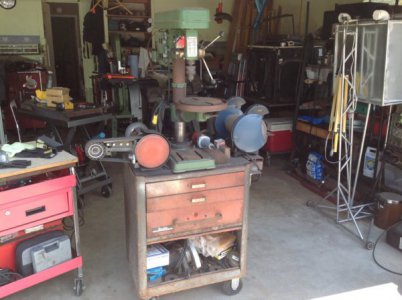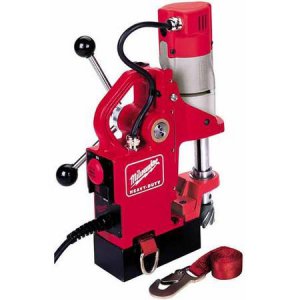- Joined
- Oct 28, 2016
- Messages
- 11
Hi all,
So I'm not a machinist, and hoping you might have some insight for me. I am having a lot of trouble with my brand new 1" countersink. It doesn't seem to catch the metal well enough to cut unless I start the countersink with my trusty 3/4" one. And even still when it starts cutting it's extremely hard to keep the exact right pressure without it halting. I'm drilling at a very low rpm through 1/2" mild steel.
On top of that, in my most recent project, all my holes were countersunk crooked, which was very annoying to fix so that the legs on the bench I'm making would screw in square to the bench frame. I ended up checking the squareness of the bed, and it was barely off, I'm really surprised the resulting errors were so dramatic.
Feeling kinda dumb, and hoping there's something really obvious to my plight. Sorry if my photo files are gigantic.
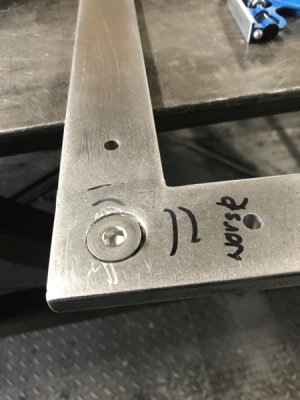
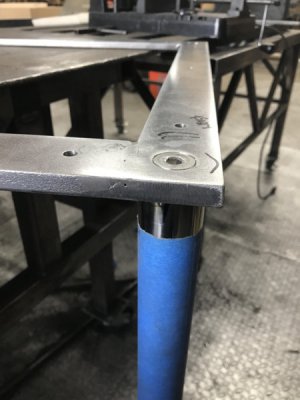
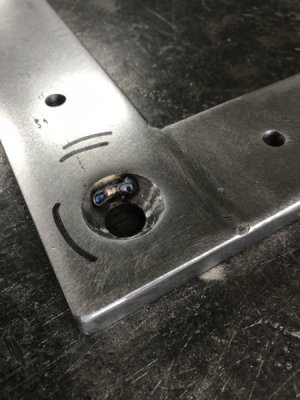
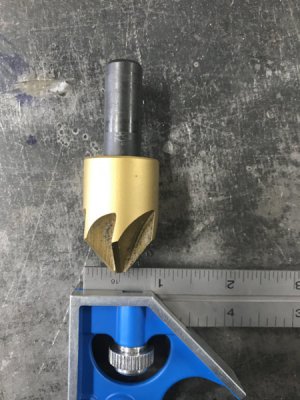
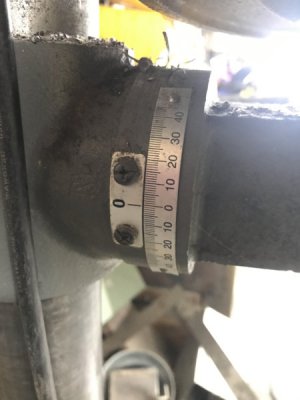
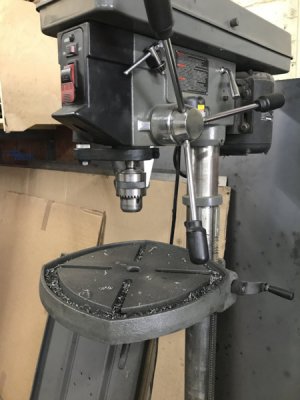
So I'm not a machinist, and hoping you might have some insight for me. I am having a lot of trouble with my brand new 1" countersink. It doesn't seem to catch the metal well enough to cut unless I start the countersink with my trusty 3/4" one. And even still when it starts cutting it's extremely hard to keep the exact right pressure without it halting. I'm drilling at a very low rpm through 1/2" mild steel.
On top of that, in my most recent project, all my holes were countersunk crooked, which was very annoying to fix so that the legs on the bench I'm making would screw in square to the bench frame. I ended up checking the squareness of the bed, and it was barely off, I'm really surprised the resulting errors were so dramatic.
Feeling kinda dumb, and hoping there's something really obvious to my plight. Sorry if my photo files are gigantic.








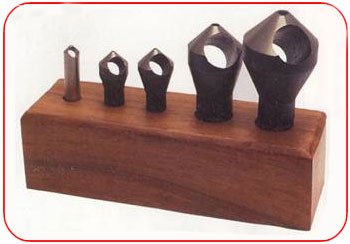
 I don't know what to think! Thanks again all, for the thoughts
I don't know what to think! Thanks again all, for the thoughts